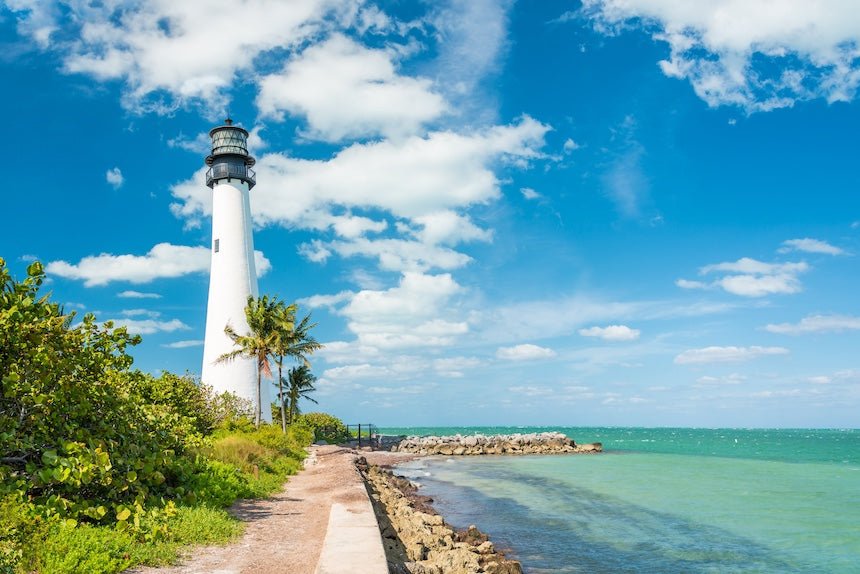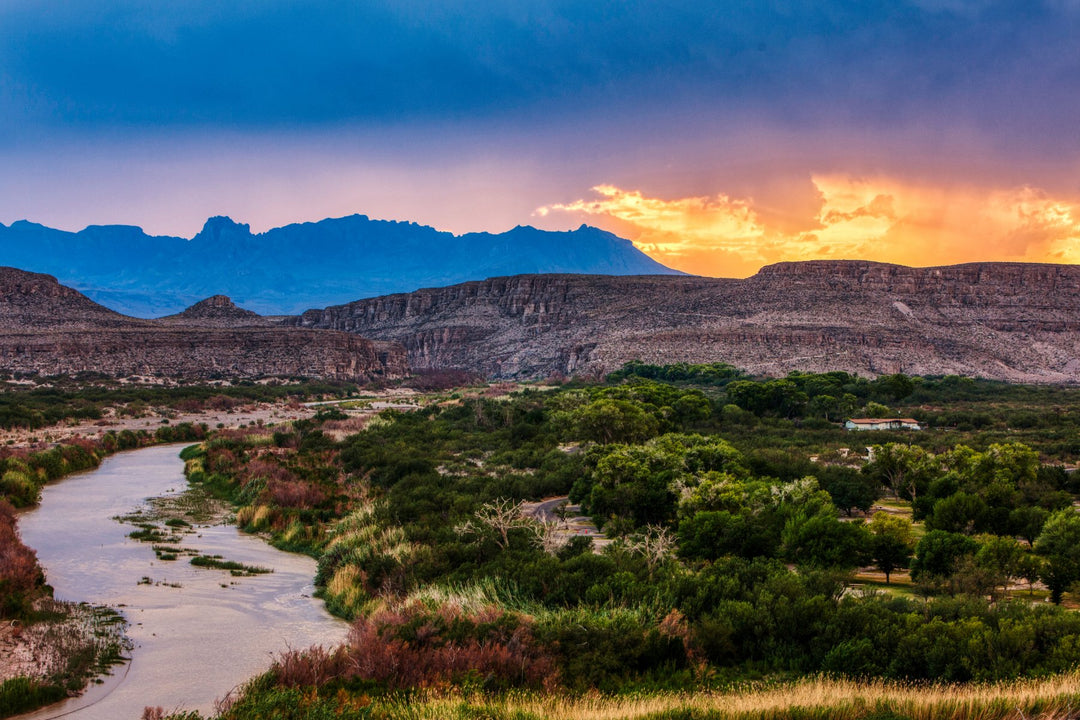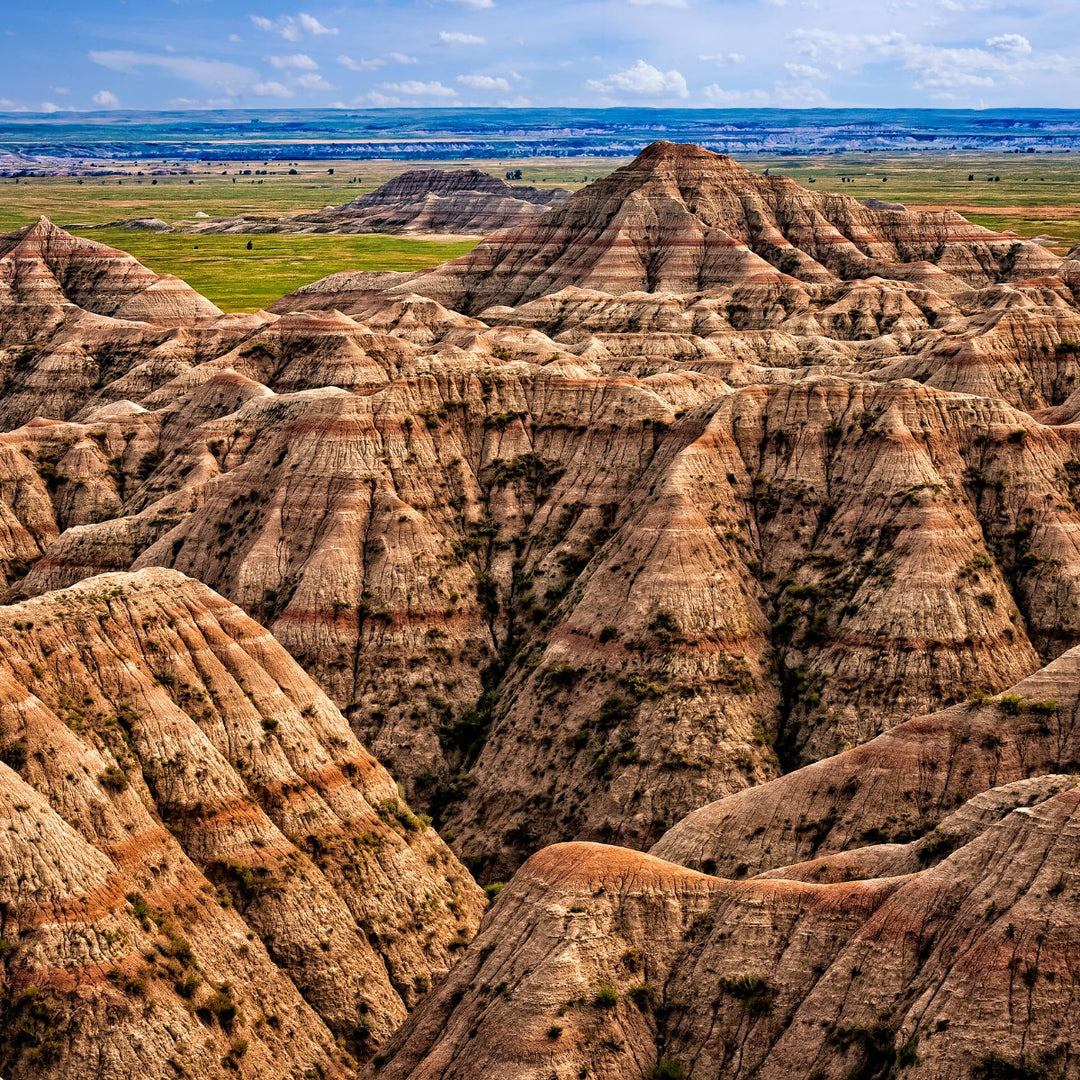Top 10 Adventure Picks at Guadalupe Mountain National Park
Guadalupe National Park is a region of striking contrasts, stretching from the arid deserts of West Texas upwards through pine greenery and valleys up to Texas' highest mountain tops.
These mountains are also a section of the Capitan Reef, a 400-mile-long, partly submerged fossilized reef complex that stretches throughout much of west Texas as well as southern New Mexico.
These features rank the Guadalupe Mountains among the top outdoor attractions one can visit. Here are some of the top locations within the park that are not to be missed.
Guadalupe Peak

Guadalupe Peak is an 8.5-mile loop climb with a 3,000 feet elevation that is both rewarding and challenging. The trek will take between 6-8 hours to finish.
From the maximum height in Texas (8,751 feet/2,667 meters), the top offers spectacular views. Hikers will also be introduced to numerous habitats inside the park, including the cold desert and higher altitude woods.
Visitors will find a spectacular panoramic view of mountains and dessert if it's not too cloudy. Before starting the climb back down, take a break to take in the scenery.
El Capitan

El Capitan, Texas' tenth tallest peak at 8,085 feet (2,464 meters), rests in the Guadalupe Range.
These mountains were part of the Capitan Reef Barrier, a 350-mile stretch of reef made mostly of encrusting algae, calcareous sponges, and lime-rich muck brought in via the sea.
This barrier encircled a large portion of an inland sea known as the Delaware Sea. The springs and flora have traces of human activity for numerous millennia and so make for a great archaeologically rich site. Recently, the region inhabited the Mescalero Apache tribes on a seasonal basis.
Devil’s Hall Trailhead

The Devil's Hall trailhead is a 3.8-mile round-trip from Pine Springs Trailhead. The route goes to a stony washout after the initial mile, which descends to a magnificent natural rock stairway that continues to a "corridor" made by steep limestone walls.
Hikers must struggle over big rocks as well as other debris in the wash section of the trail. This path provides breathtaking views of rock formations, high canyon walls, towering forests, and mountain peaks.
Frijole Ranch Trailhead
Drop by the Frijole Ranch History Museum to learn about the region's strange and curious history. This property was a favorite place to settle because of its closeness to multiple springs.
The region was first inhabited by Native Americans, as shown by petroglyphs, mescal pits, and other artifacts discovered nearby.
A few of the routes that begin at the Frijole Ranch TrailHead are Hunter Peak, Manzanita Spring, Smith Spring Trail Loop, and Foothills Loop. What trail route you select depends on the season, the time duration you have, and the difficulty of the hiking route.
Smith Spring Trail
It's a circular trek that starts at Manzanita Spring that carries water to Frijole Ranch nearby. It then climbs grassland slopes to Smith Spring, which is more remote. Hikers return through a different trail that takes them across wide hills with glimpses of dry lowlands.
The route is open year-round and provides a variety of activities. This route winds through a classic Texas Chihuahuan Desert habitat, with cactus, junipers, yucca, agave, and tiny oaks and shrubs that can be seen along the path.
The only difficulty you'll have is maneuvering around flat and small hills on your journey.
Hunter Peak

Hunter Point, at 8368 feet, is Texas' 6th tallest mountain and just 381 feet below the state's tallest altitude (Guadalupe Peak). It is regarded among the most magnificent summits in the Guadalupe Mountains, with several sites claiming that it has the "greatest viewpoints in Texas."
The Hunter Peak has the benefit of having numerous great loop hiking options. Hunter Peak has decent paths to the top, although it gets far less attention than Guadalupe Peak owing to its closeness to the national highpoint.
Pine Springs Trailhead
The Pine Springs Visitor Center, located 5,730 feet above sea level, is the finest site to begin your tour.
Pine Springs is a pretty off-the-beaten-path kind of wilderness park; it has no beautiful roads and only around 80 miles of defined tracks, most of which may be moderate to severe.
The park's 3 built parts are anchored by the Pine Springs Visitor Center, the Dog Canyon Ranger Station, the Frijole Ranch Museum, and the McKittrick Contact Station.
Salt Basin Dunes

This quick walk leads to some of the biggest sand dunes. These magnificent brilliant dunes encompass over 2K acres and vary in height from three feet in the southeast to 30 meters in the north.
Whilst smaller dunes are covered in vegetation, the larger dunes to the north are open and startlingly white, with very little vegetative cover on the wide, sunbaked hillsides.
The climb towards the dunes skirts the northern border of the fields, providing incredible sights of the western cliffs as well as the area's greatest dunes.
McKrittrick Canyon

McKittrick Canyon is a canyon in West Texas' Guadalupe Mountains and Eddy County, New Mexico. McKittrick Canyon's high, towering walls shelter a lush aquatic paradise in the middle of the Chihuahuan Desert.
The bulk of McKittrick Canyon is located inside Guadalupe Mountains National Park, although it is segregated from the entire park and administered as a "morning only" zone with restricted hours of operation.
The Grotto
The woods grow deeper as you extend your trek past Pratt Cabin to the Grotto, where the route goes along to the creek. In clear freshwater, rainbow trout may be seen.
Hikers should take the left branch at the fork ahead (about 1 mile) to travel to the Grotto. Falling water filters through the limestone, dispersing stalagmites in the little "cave" in a systematic manner.
In the thick shade, you'll find rock seats and tables, making this what seems to be an appealing spot for picnics.
Steeped in history, submerged in waters from days of yore, and with plenty of picnics for those who love a good view, this natural park is the place to be. If you’re an avid trekker, love exploring rock formations, and spotting strange birds for fun then the Guadalupe Mountains are calling and you must answer!






Leave a comment